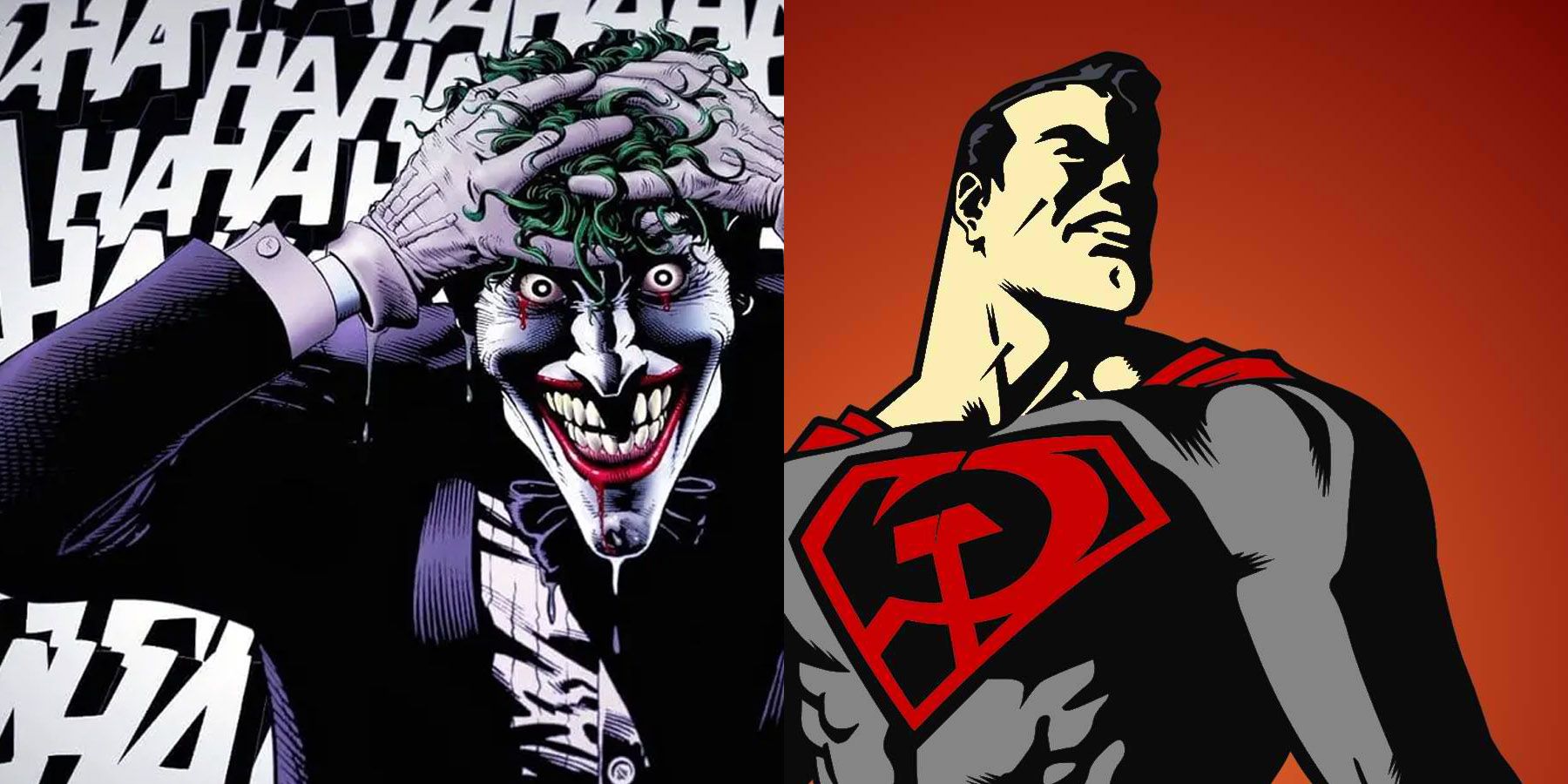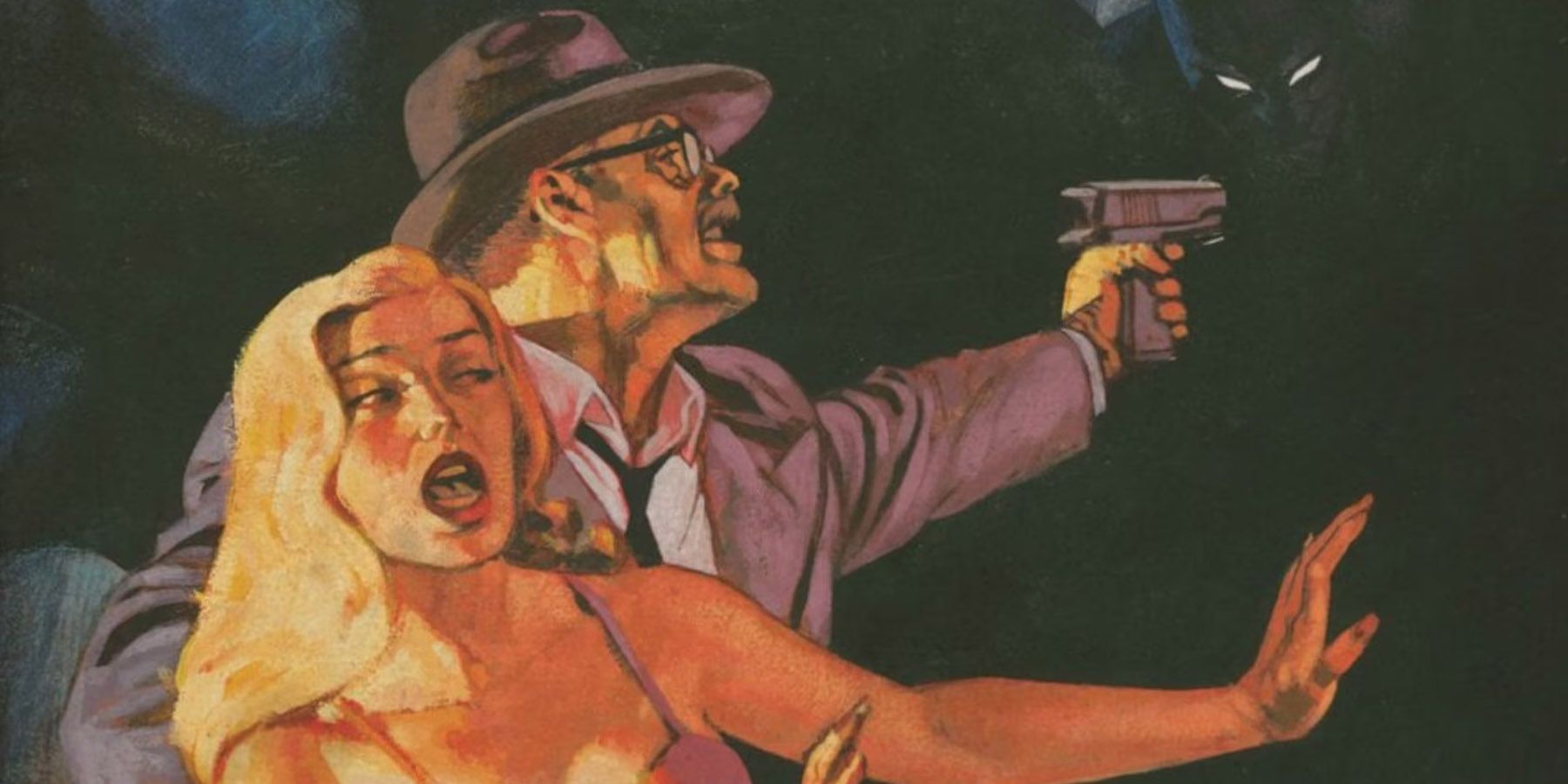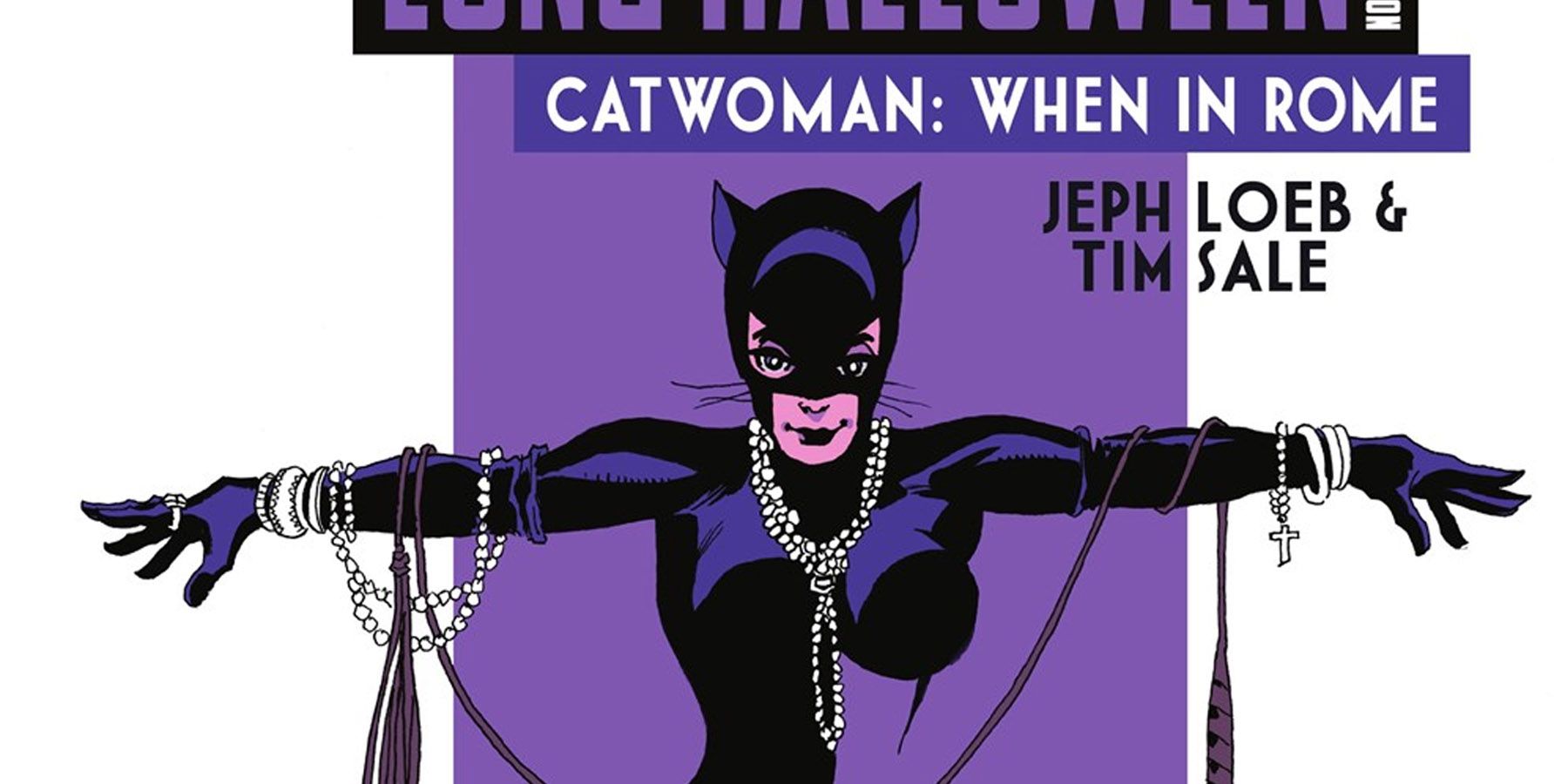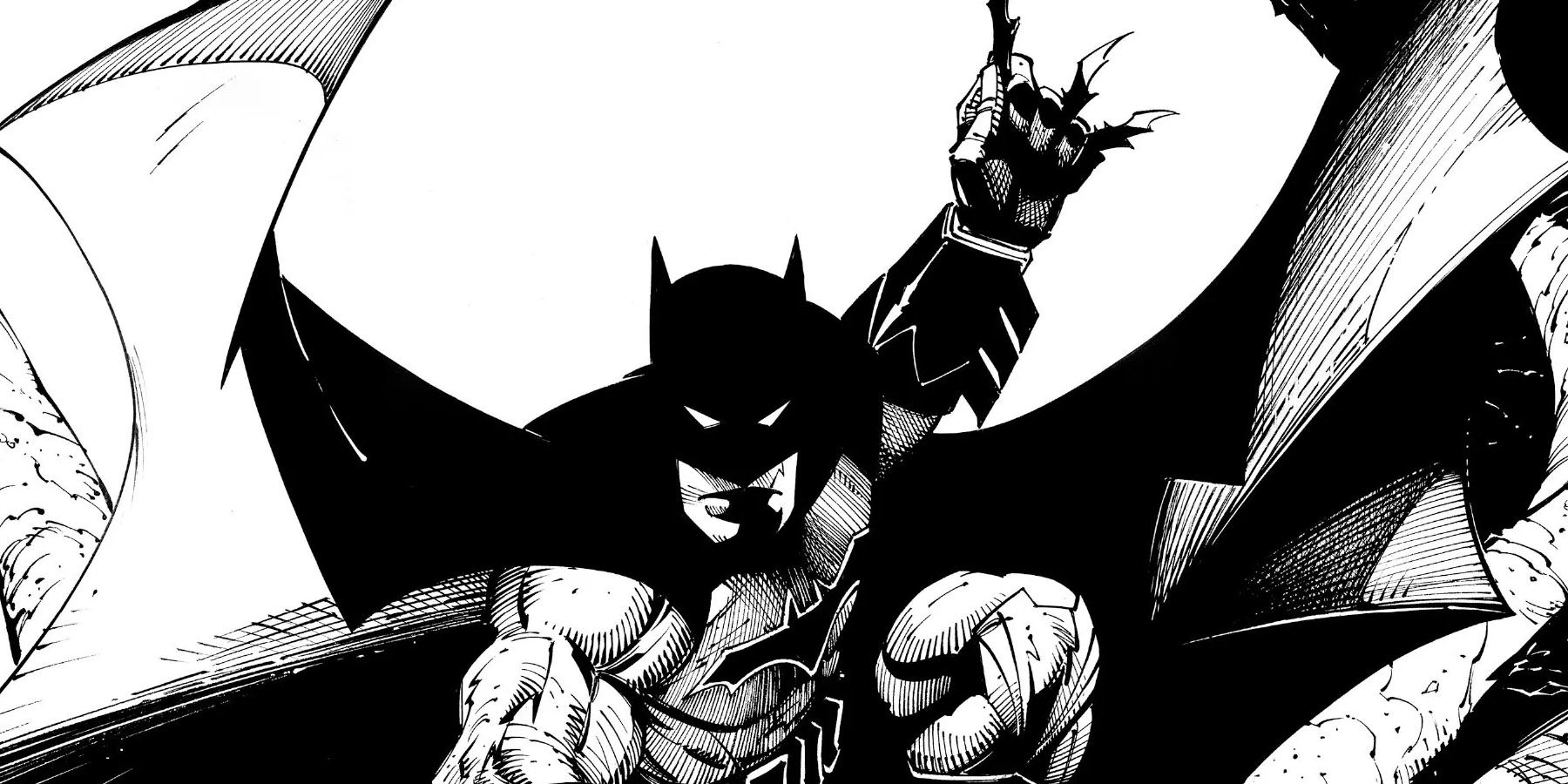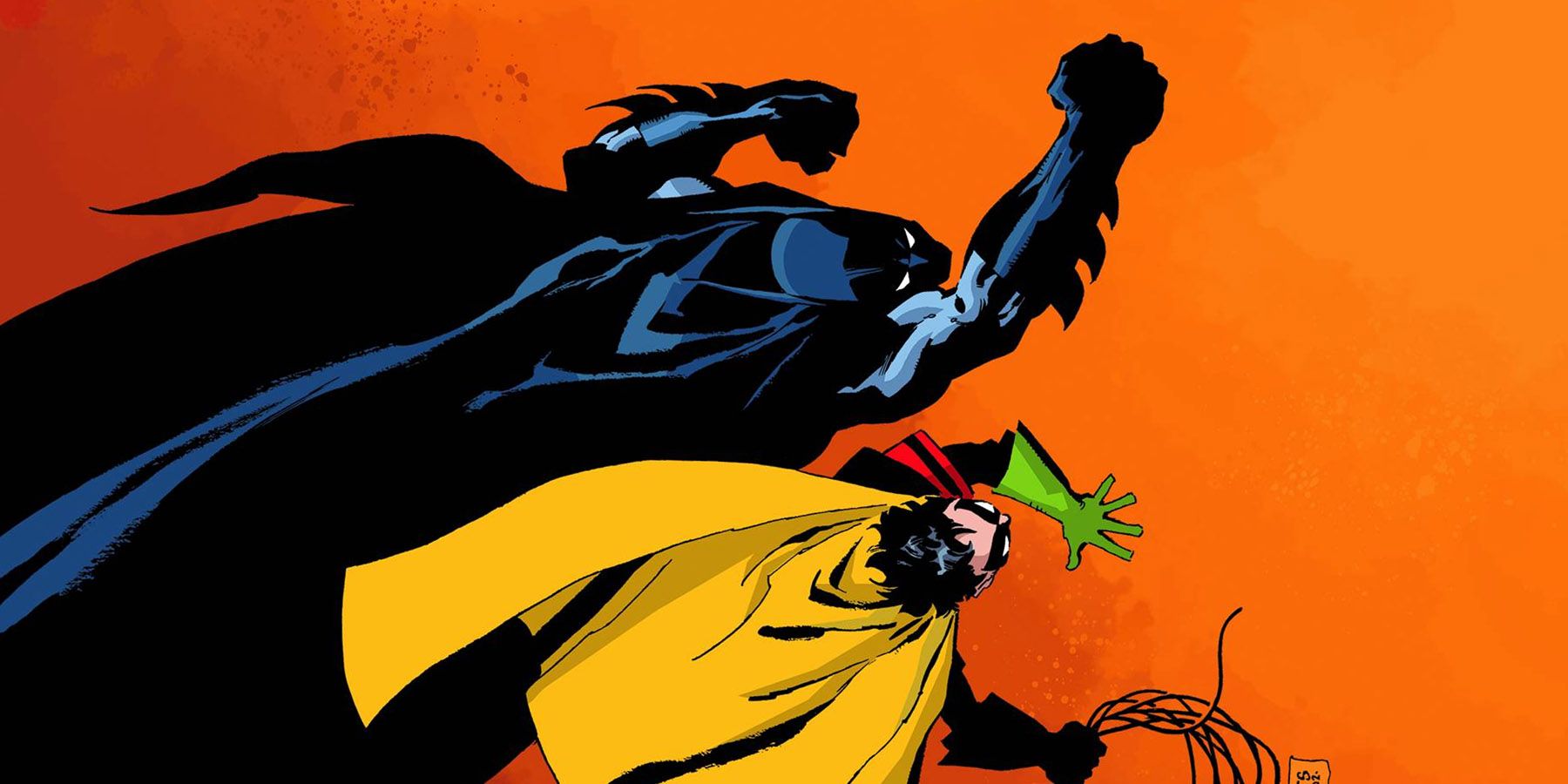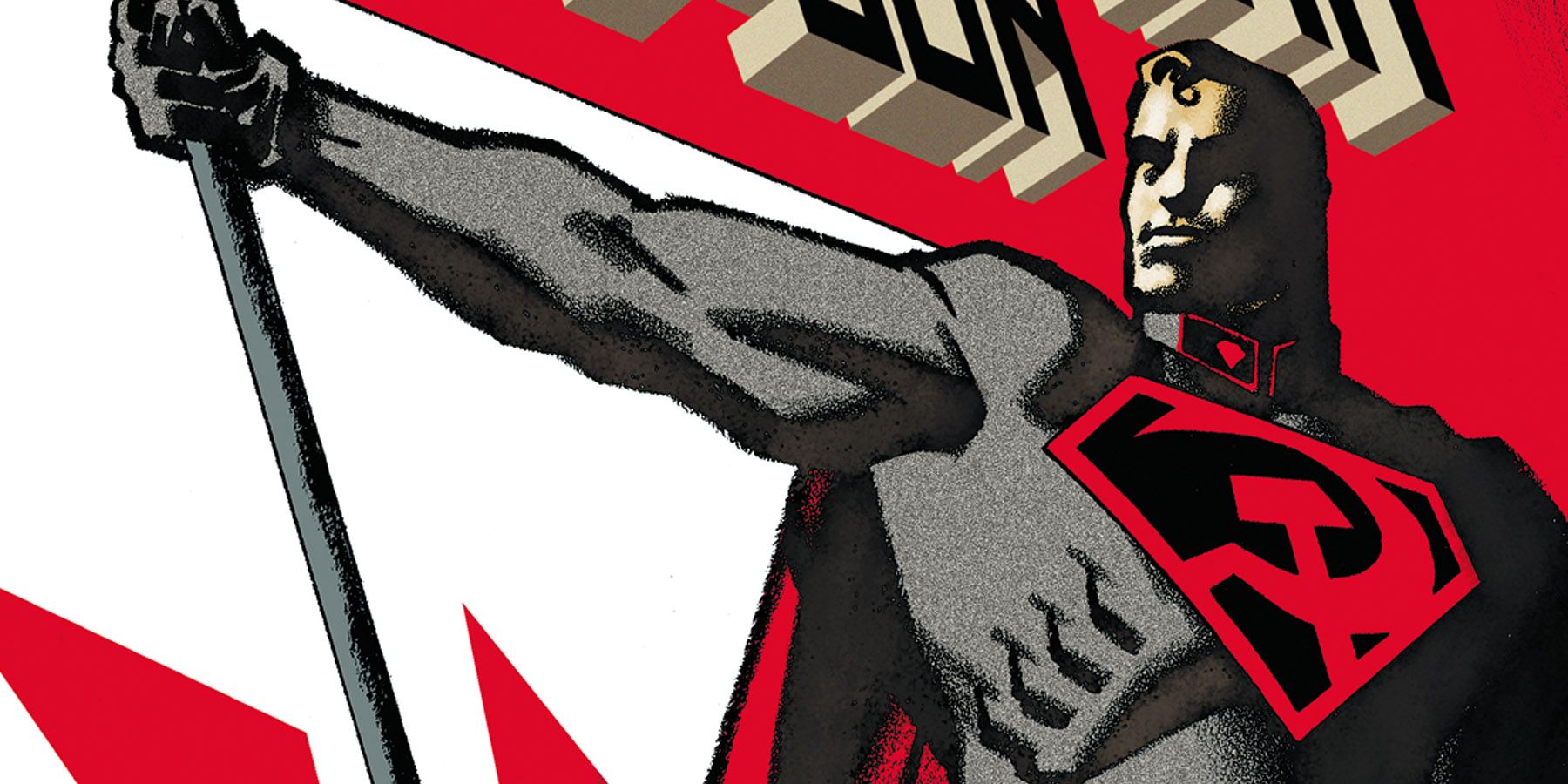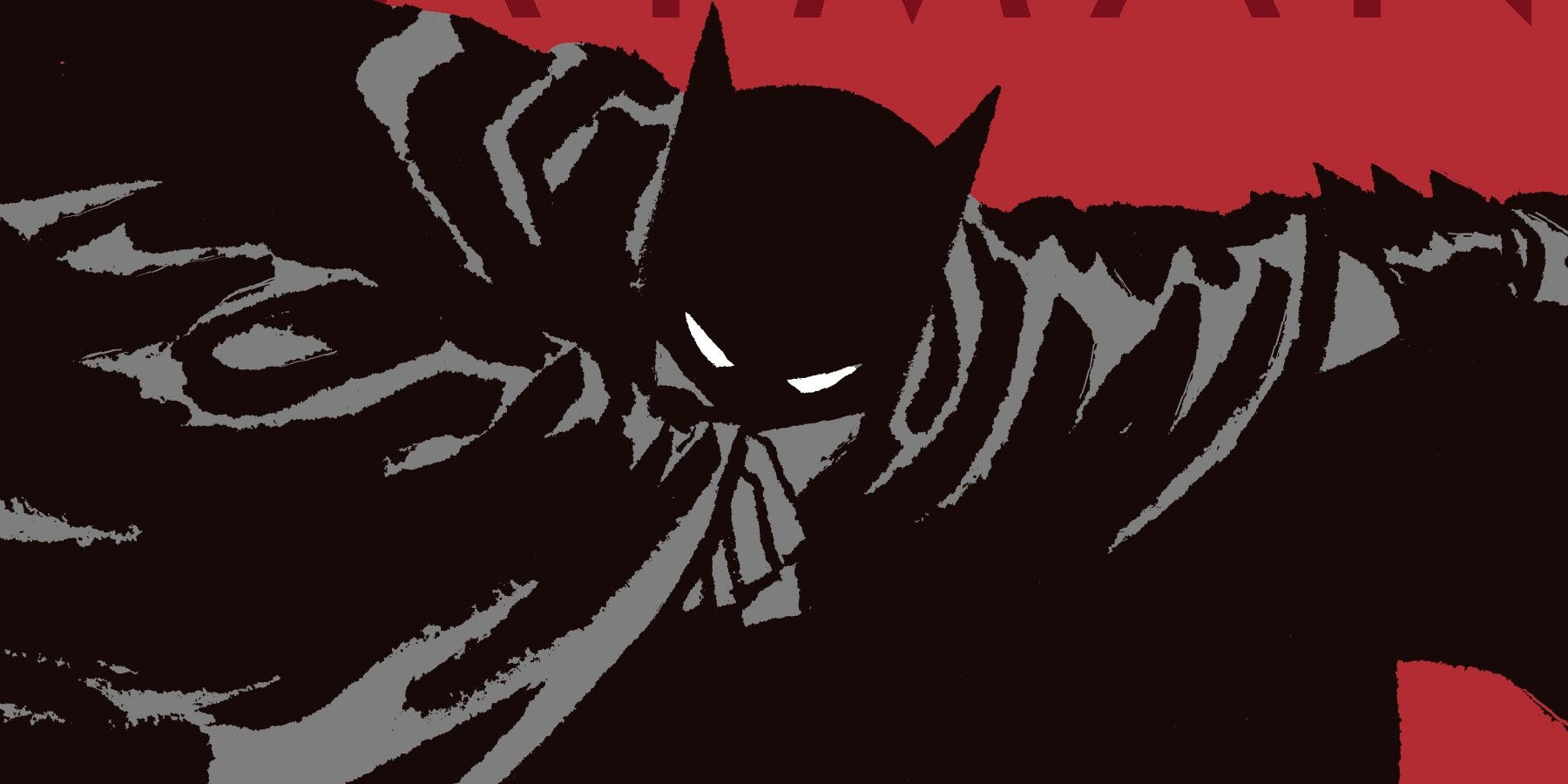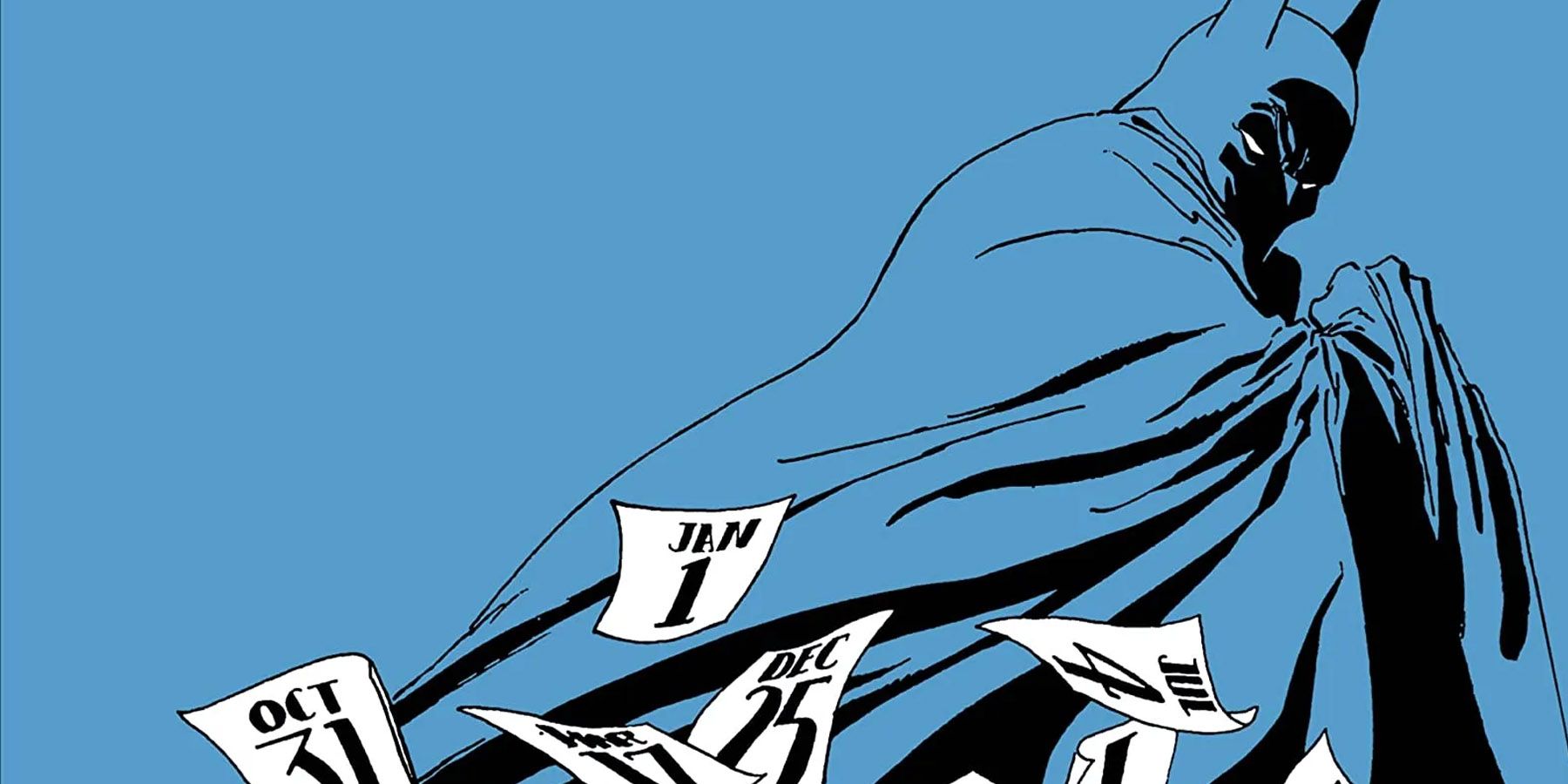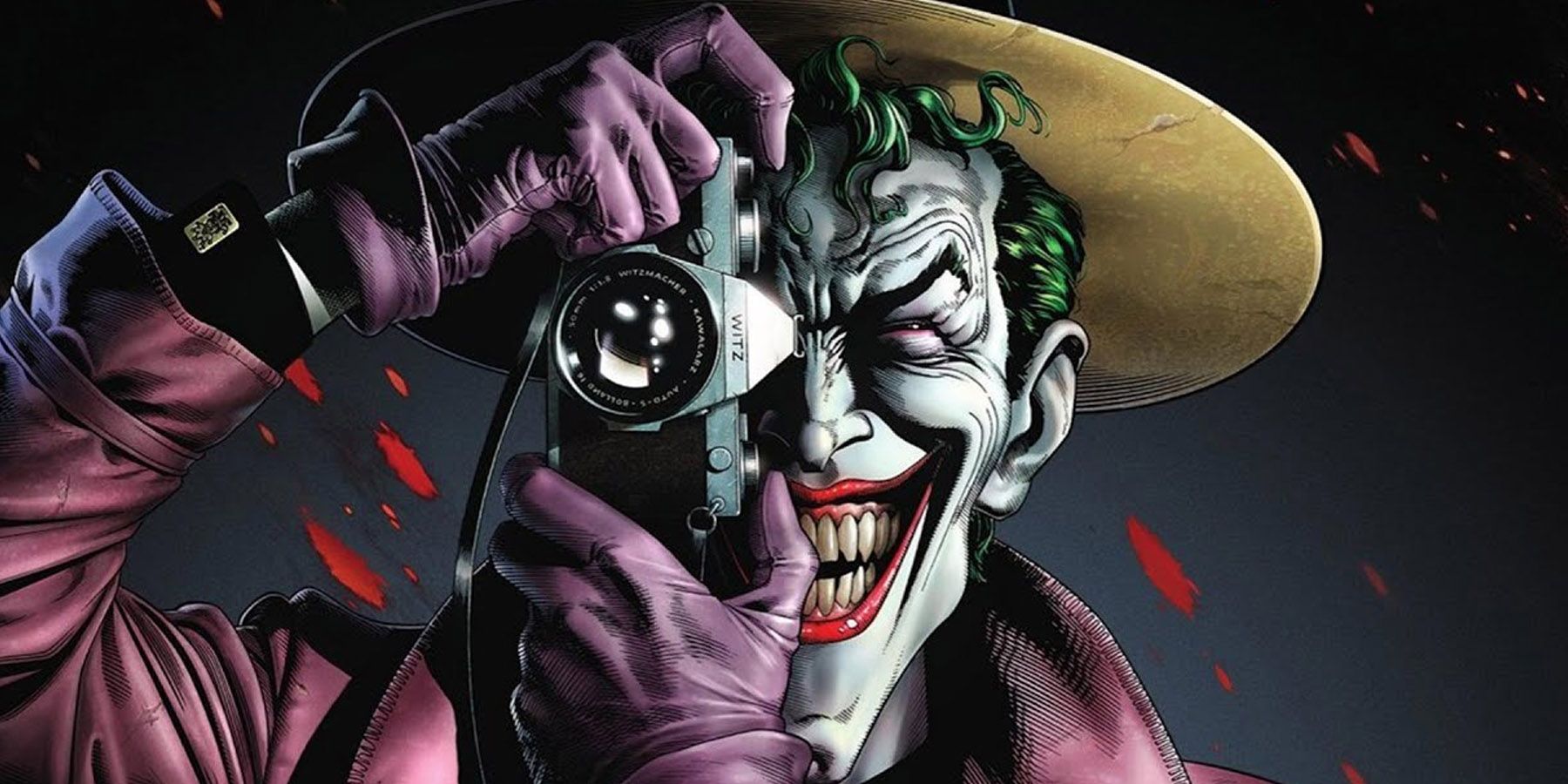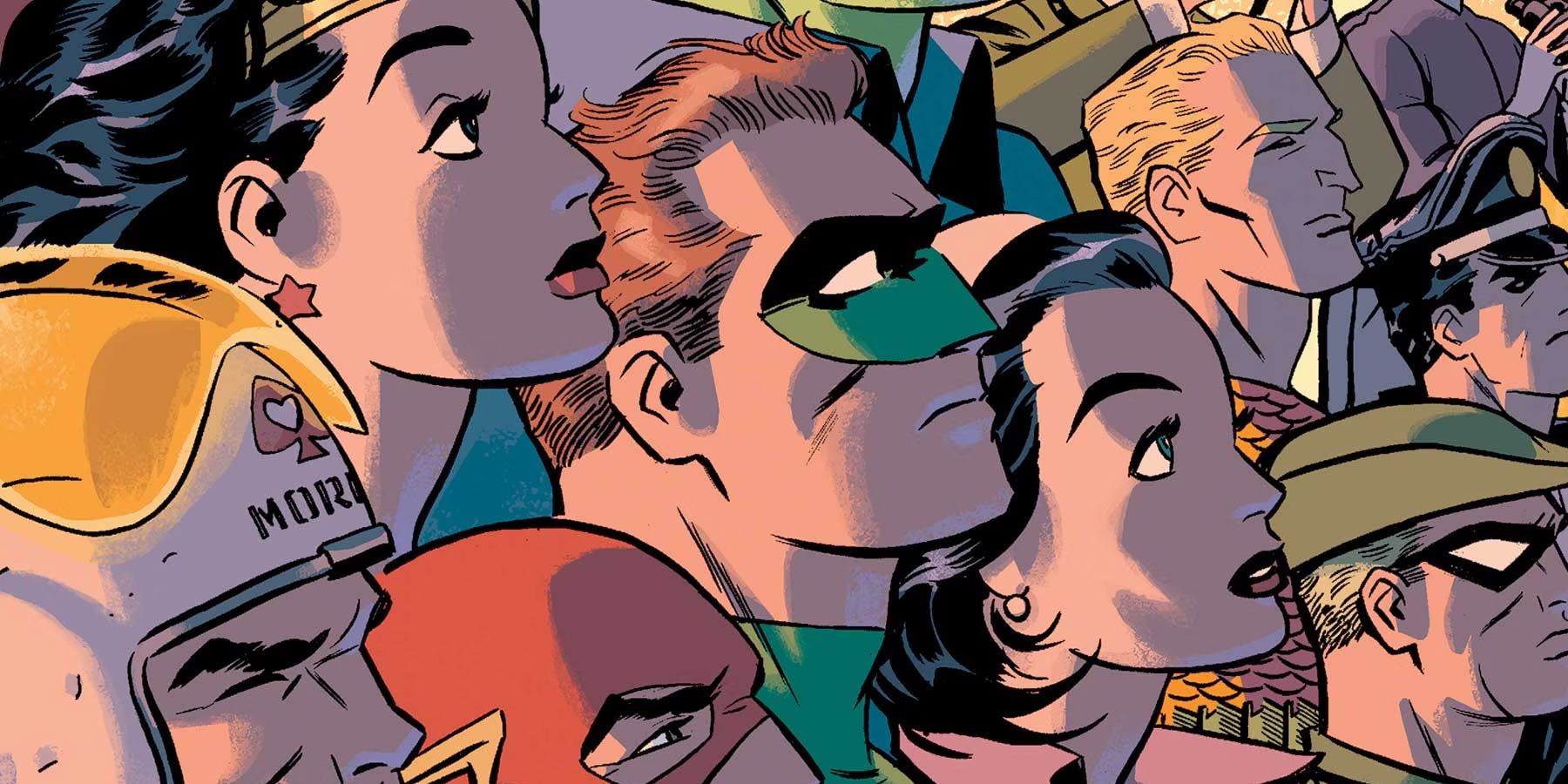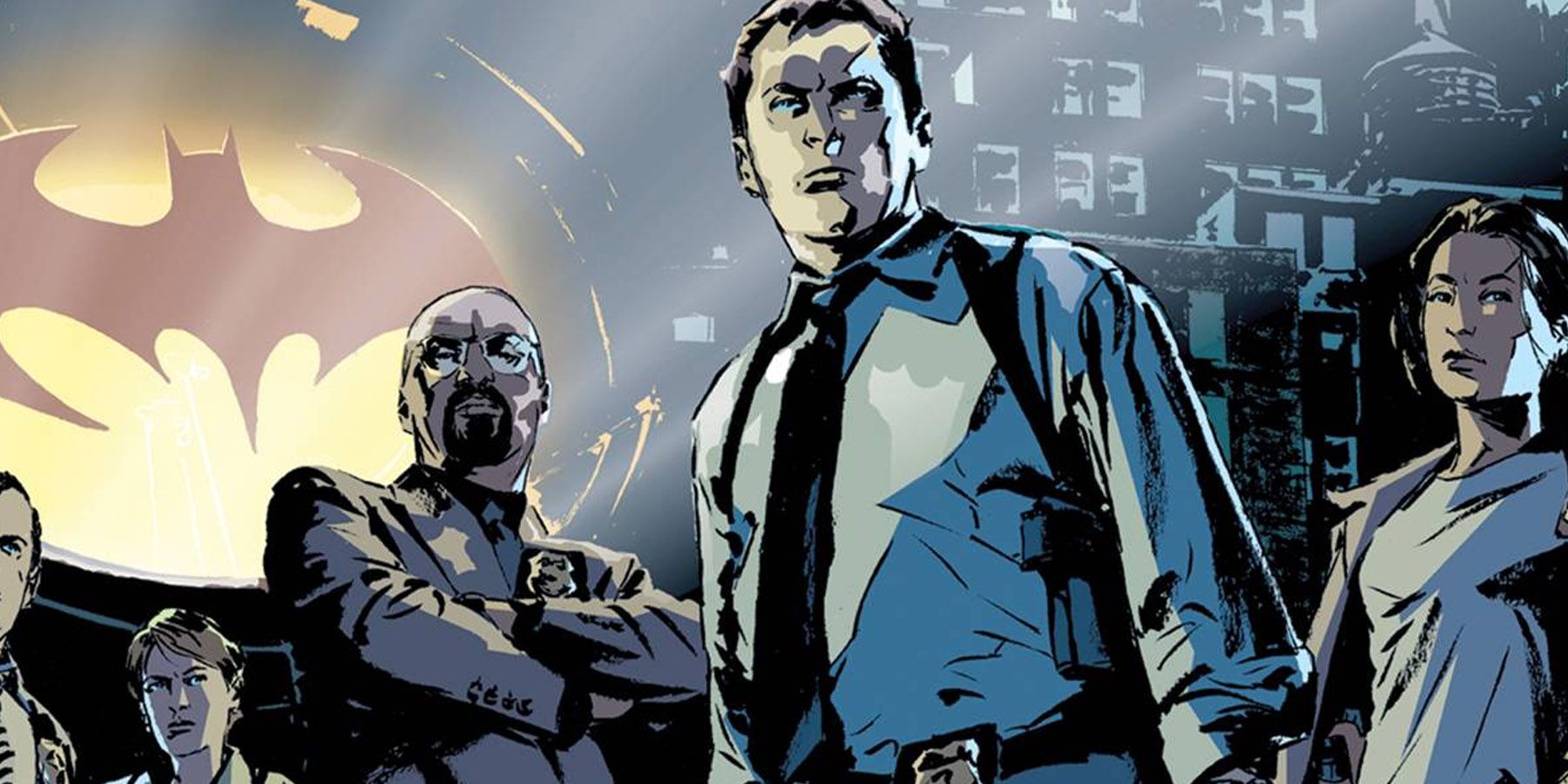Highlights
- Batman's transition to darker, grittier stories has led to some of the most compelling narratives involving the hero, exploring cynicism and mystery often associated with the noir genre.
- Other DC characters, such as Catwoman and Superman, have also starred in must-read noir tales that provide different perspectives and dimensions to their stories.
- The Batman stories of Year One , The Long Halloween , and The Killing Joke are considered quintessential examples of the character's evolution, exploring his origins, relationships, and the nature of his rivalry with the Joker.
Batman’s evolution from a vibrant bat-themed detective Caped Crusader to a more brooding Dark Knight in DC Comics came from a culmination of the publisher’s exploration of various themes and genres with the character. It’s thanks to Batman’s transition to darker, grittier stories that the world of comics has been presented with some of the most compelling narratives involving the hero, some of which tackle the cynicism and mystery often associated with the noir genre.
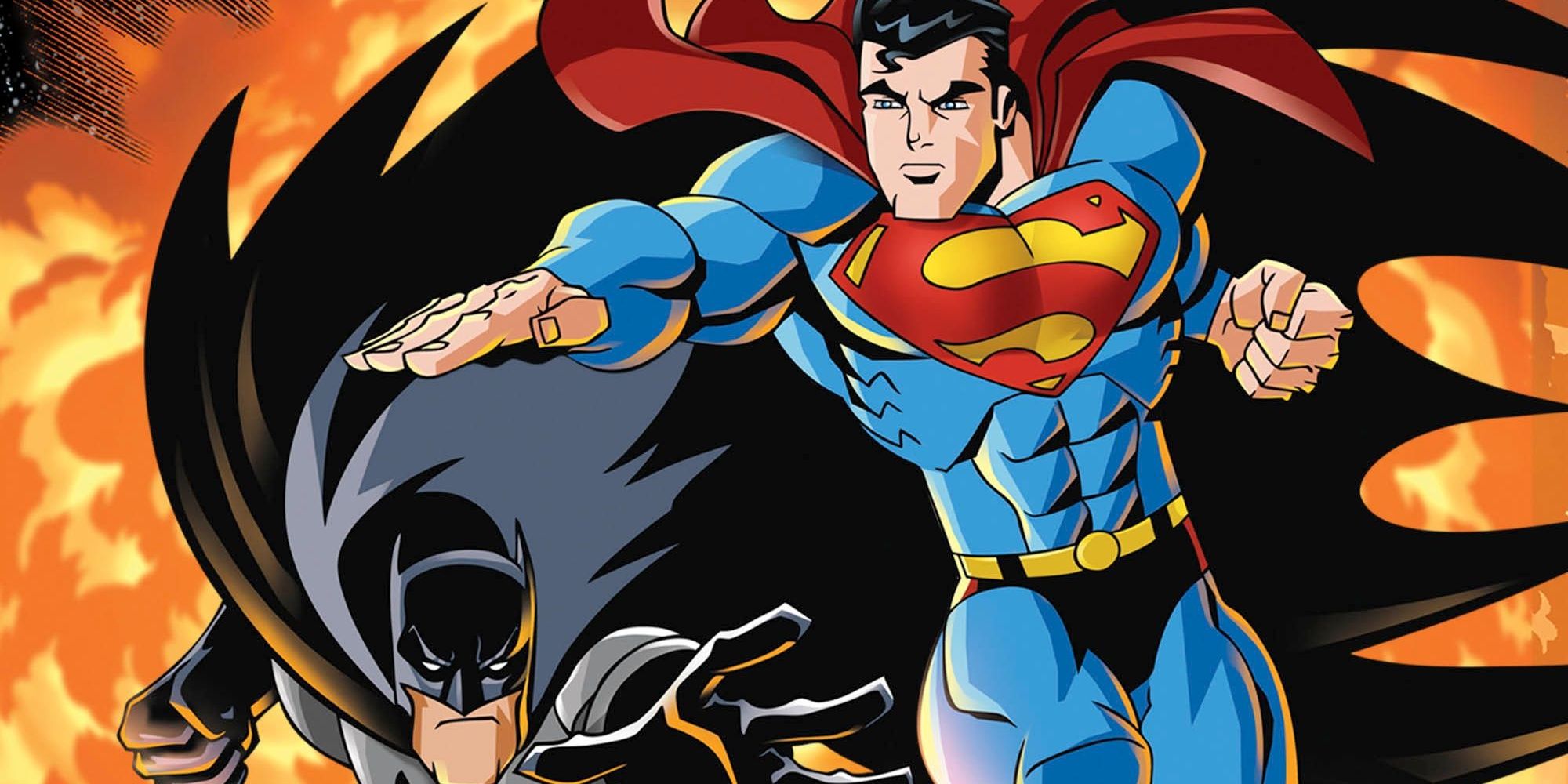
The 8 Most Iconic Dads In DC Comics
It's interesting to see how some legendary DC characters have been shaped by their fathers and how others have been left totally scarred by them.
With DC Comics often exploring larger-than-life stories with its characters, it’s usually up to Batman and the thematically appropriate downtrodden Gotham to become the backdrop of some of the publisher’s best noir hits. However, other DC characters also starred in stories falling into must-reads of DC Comics’ selection of noir tales, some of which are must-reads for fans.
10 Batman: Gotham Noir
Goodreads: 3.55
Writer, Artist | Ed Brubaker, Sean Phillips, Dave Stewart |
|---|---|
Publication Timeline | 2001 |
Continuity | Elseworlds |
Batman becoming a force to reckon with in a crime-filled Gotham makes his city the perfect setting for a noir story, with Batman: Gotham Noir transforming Batman’s home turf into the setting of a crime thriller starring an alcoholic James Gordon struggling to make a living as a private eye. With “the Bat-Man” being more of a mysterious figure that is more myth than reality, a crime being pinned on Gordon forces the detective to explore Gotham’s criminal underbelly.
Despite falling traditionally into the confines of a noir story, Batman: Gotham Noir is surprisingly stylistic in its depiction of a noir film-esque story. While its story elements fall into a familiar mystery-detective territory, seeing Gotham Noir depict Batman’s main cast in a 1949 version of Gotham makes for a different approach to the genre, especially when exploring noir in comics.
9 Catwoman: When In Rome
Goodreads: 3.87
Writer, Artist | Jeph Loeb, Tim Sale |
|---|---|
Publication Timeline | 2004 |
Continuity | Batman: Year One, Post-Crisis |
Taking place alongside the events of The Long Halloween’s sequel Dark Victory, Bruce Wayne’s will-they-won’t-they love interest Selina Kyle travels to Italy to solve questions about her past in Catwoman: When In Rome. The spinoff series happens shortly after she leaves Bruce, being accompanied instead by the Riddler, Edward Nygma, in uncovering the truth of her father’s identity.
While Loeb’s take on Catwoman in When in Rome is more straightforward compared to the more complex mysteries of his previous works, Sale will recapture the reader’s interest with his art inspired by French/Italian fashion illustrator Rene Gruau. Selina’s preference for the stylish and the tragic romantic is shown in both art and story, making When in Rome a Catwoman story that doesn’t depend on Batman to make her character interesting.
8 Batman: Black And White
Goodreads: 4.05
Writer, Artist | Writers: Ted McKeever, Archie Goodwin, Jan Strnad, Chuck Dixon, Neil Gaiman, Andrew Helfer, Denny O’Neil Artists: Ted McKeever, Bruce Timm, Joe Kubert, Howard Chaykin, Jose Munoz, Walt Simonson, Richard Corben, Kent Williams, Jorge Zaffino, Simon Bisley, Klaus Jonson, Tanino Liberatore, Matt Wagner, Bill Sienkiewicz, Teddy Kristiansen, Kevin Nowlan, Gary Gianni, Brian Stelfreeze, Katsuhiro Otomo |
|---|---|
Publication Timeline | 1996 |
Continuity | Self-Contained, One-Shots |
Fans and newcomers to the Batman mythos may rely on the Batman: Black and White limited series to provide a quick trip to the dark corners of Gotham, especially if they don’t have the time to read longer stories of Batman’s exploits with his rogues. While Black and White already have five Volumes, its first Volume is perhaps the series’ best attempt at bringing different dimensions of Batman’s personalities and adventures in a digestible format.
Each Black and White story is roughly 8 to 10 pages long, all self-contained and revolving around a particular story or theme. Stories of note in Volume 1 are Batman trying to solve a crime during an autopsy in Eisner nominee “Perpetual Morning,” as well as Two-Face attempting to turn a new leaf in “Two of a Kind,” which some fans consider one of the best stories related to the villain.
7 Batman: Dark Victory
Goodreads: 4.16
Writer, Artist | Jeph Loeb, Tim Sale |
|---|---|
Publication Timeline | 1999 to 2000 |
Continuity | Batman: Year One, Post-Crisis |
Set just months after the events of The Long Halloween, the origin of Batman’s sidekick Robin is explored in Batman: Dark Victory. While Batman is left in the throes of depression after failing to stop Harvey Dent’s descent as Two-Face and breaking up with Selina Kyle, police officers become the victims of a new serial killer calling themselves the Hangman. Although clues point towards Harvey Dent as the prime suspect, Batman and Commissioner Gordon feel something is still amiss.
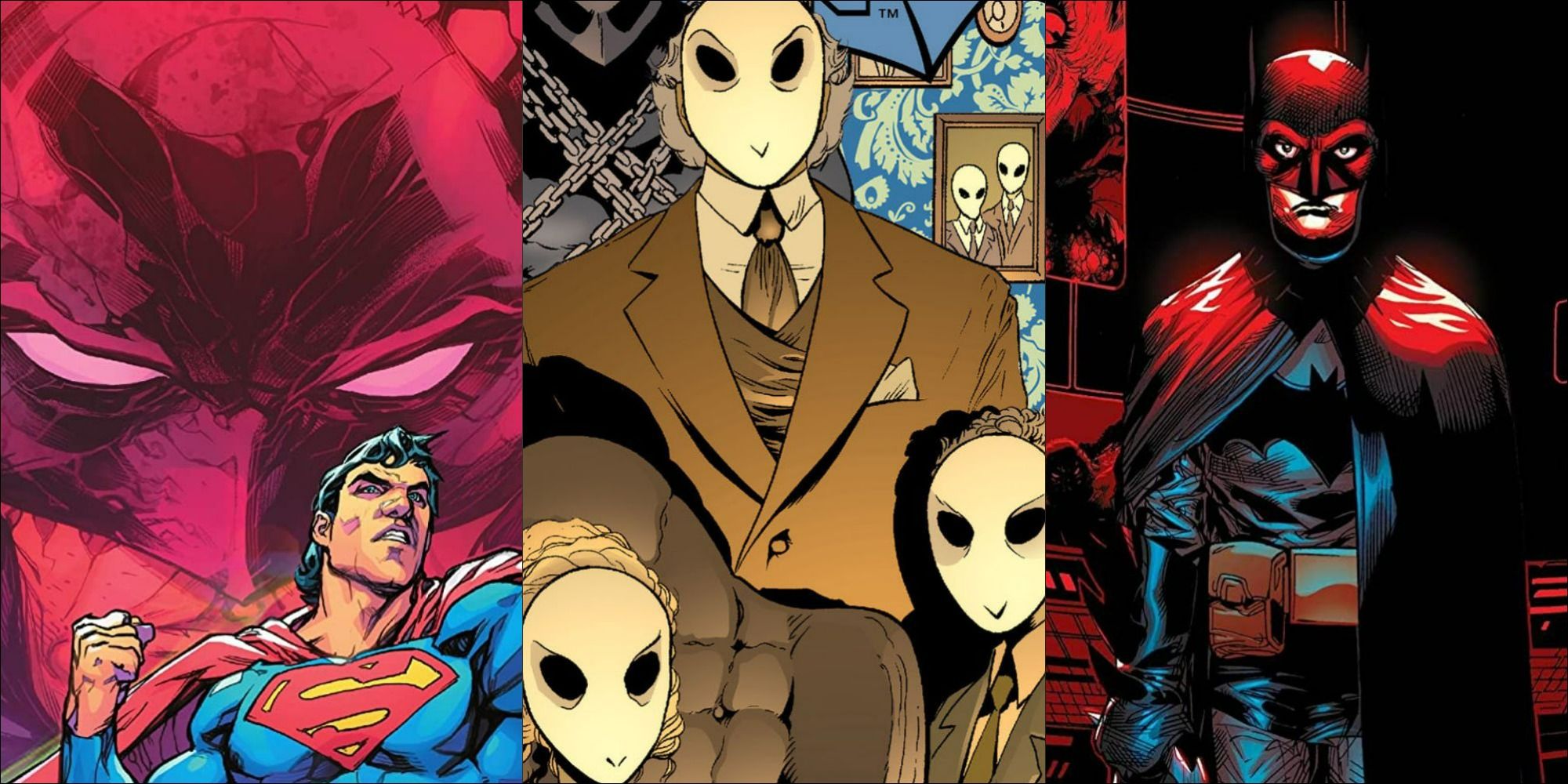
14 DC Comics That Prove Batman Is The World's Best Detective
Batman hasn't been called the World's Greatest detective for nothing. These stories from the comics prove his deductive skills.
The pacing and format of Dark Victory heavily resemble its predecessor, making it a worthwhile next read in the Year One series of Batman’s retold origins. While it doesn’t offer anything groundbreaking from the perspective of Batman stories, Dark Victory laid the foundations for more compact and cohesive interactions between Batman and his main cast.
6 Superman: Red Son
Goodreads: 4.17
Writer, Artist | Mark Millar, Dave Johnson, Kilian Plunkett |
|---|---|
Publication Timeline | 2003 |
Continuity | Elseworlds |
Before the likes of Invincible and The Boys became a part of mainstream comic book fandom in their depictions of a hypothetical evil Superman, questions of Superman having an alternate origin was popularized as early as Superman: Red Son. Released as an Elseworlds tackling the scenario of Kal-El crash-landing into the Soviet Union, Red Son revolves around a Superman shaking global geopolitics upon his reveal, sending the Cold War towards a focus on metahumans instead of nuclear weapons or the space race.
Events in the Red Son become an interesting reexploration of the Superman mythos from an alternate perspective. Figures representing constants in Superman’s life in the main timeline were also affected by his new origins, with Red Son featuring different versions of Lex Luthor, Wonder Woman, Batman, and even select heroes and villains.
5 Batman: Year One
Goodreads: 4.23
Writer, Artist | Frank Miller, David Mazzucchelli |
|---|---|
Publication Timeline | 1987 |
Continuity | Batman: Year One, Post-Crisis |
After the events of 1985’s Crisis on Infinite Earths “reset” the DC Multiverse for the first time, so too did 1986’s The Dark Knight Returns introduce the world to a grittier, elderly Batman. Building upon the success of a “darker” version of The Dark Knight is Batman: Year One, a retelling of Bruce Wayne’s first year after donning the mantle of Batman. The story explores Bruce’s early attempts at crime-fighting and reintroduces key figures to the Batman mythos such as then-detective Jim Gordon, then-prostitute Selina Kyle, and criminals prior to “naming” themselves in the way Batman created his own identity.
Back then, Batman: Year One was instrumental in shaping Batman as audiences view him today. Frank Miller’s grittier take on both Bruce’s playboy charms and Batman’s mystifying allure fit well in a much darker iteration of Gotham City. While its story is not as unique as the likes of Red Son, events in Year One showed the potential of a more realistic Batman insofar as characterization and narrative depth are concerned.
4 Batman: The Long Halloween
Goodreads: 4.33
Writer, Artist | Jeph Loeb, Tim Sale |
|---|---|
Publication Timeline | 1996 to 1997 |
Continuity | Batman: Year One, Post-Crisis |
Set during Batman’s early years fighting crime in the Year One continuity, Batman: The Long Halloween puts the Dark Knight on the hunt for a serial killer known as Holiday who kills one victim on a holiday every month. When Batman catches wind of a brewing crime war between the Maroni and Falcone families, he enters a reluctant alliance with Captain James Gordon and District Attorney Harvey Dent to manage all these conflicts.
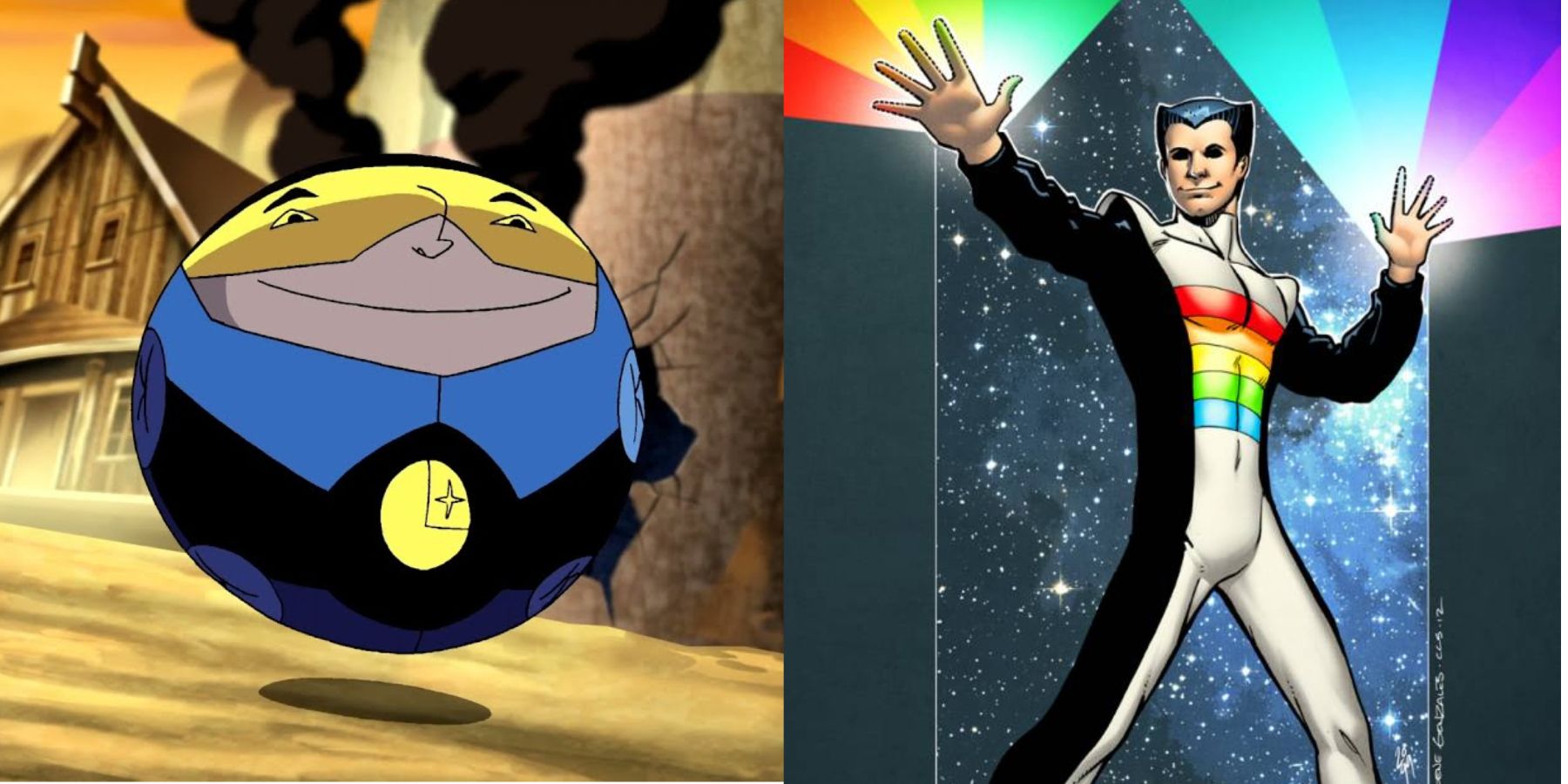
5 DC Comics Characters With The Weirdest Powers
DC Comics contains hundreds of heroes, some of whom possess downright bizarre powers.
Considered one of the quintessential examples of a Batman story, The Long Halloween depicts Gotham at its rawest, where Batman’s rogues make frequent appearances and villains may sprout out of desperation and hopelessness. Under the backdrop of Year One exploring Batman’s origins, The Long Halloween provides depth to Harvey Dent’s moral compass that would inevitably lead him into the path of becoming Two-Face.
3 Batman: The Killing Joke
Goodreads: 4.37
Writer, Artist | Alan Moore, Brian Bolland, JOhn Higgins |
|---|---|
Publication Timeline | 1988 |
Continuity | One-Shot, eventually tied into DC Comics timelines |
Known today as one of the most iconic Batman stories to ever grace media, Batman: The Killing Joke won the 1989 Eisner Award for Best Graphic Album by taking a step ahead in elaborating the nature of Batman and the Joker’s rivalry. This graphic novel depicts the tragic events of an unnamed failure of a comedian and the unfortunate events that led to his descent to insanity. The one-shot also depicts the attack on Barbara Gordon that led to her paralysis.
Originally released as a one-shot, elements of The Killing Joke made their way to the core continuity, such as Barbara retiring the Batgirl persona to become the Oracle, the event being referenced in continuity relaunches such as The New 52, as well as the Joker adapting The Killing Joke as an archetype in the 2020's Three Jokers. While the story was generally well-received, its tackling of its themes as well as Barbara Gordon’s assault were points of criticism.
2 DC: The New Frontier
Goodreads: 4.40
Writer, Artist | Darwyn Cooke |
|---|---|
Publication Timeline | 2004 |
Continuity | DC Multiverse (Earth-21) |
In today’s times where even superheroes are pushed to the extremes of their moral standards, DC: The New Frontier provides a refreshing take on the origins of the Justice League that reflects both its formation in the DC Multiverse and events in the real world that led to the group’s conception. Set between 1945 and 1960, The New Frontier tackles how Golden Age superheroes of the Justice Society of America cope with the arrival of younger Silver Age heroes amid the Korean War, the rise of the Soviet Union, and the civil rights movement.
The New Frontier is a worthwhile read for DC Comics fans who want to see Bruce Timm-esque art similar to acclaimed animated cartoons blend with larger-than-life stories of DC’s most iconic heroes. Just like its presentation as a celebration of DC Comics in both the Silver Age and Golden Age, The New Frontier also graced critical acclaim with multiple Eisner Awards and Harvey Awards.
1 Gotham Central
Goodreads: 4.65
Writer, Artist | Greg Rucka, Ed Bruubaker, Michael Lark |
|---|---|
Publication Timeline | 2002-2006 |
Continuity | Batman, Pre-Infinite Crisis |
Despite Batman’s martial prowess and innate intelligence, the Dark Knight and the Bat Family won’t be enough to solve all of Gotham City’s crime. This is where the Gotham City Police Department comes in, and Gotham Central reveals just how full their hands are with Batman’s rogues constantly creating a ruckus. Set as a police procedural, the 40-issue series is split into various storylines that deal with a particular crime and a member of the GCPD who happens to be dragged into it, introducing eventual fan-beloved characters such as Renee Montoya and Marcus Driver.
The decision to take Gotham Central away from mainstays such as Commissioner Gordon and Harvey Bullock breathed more life into the series. Mysterious murders and conspiracies interspersed with complex plots connected to supervillains just reveal how complicated things can get for the ordinary citizen. Moreover, seeing members of the GCPD pull through despite their issues makes Gotham Central a must-read noir series for both Batman and DC fans.

